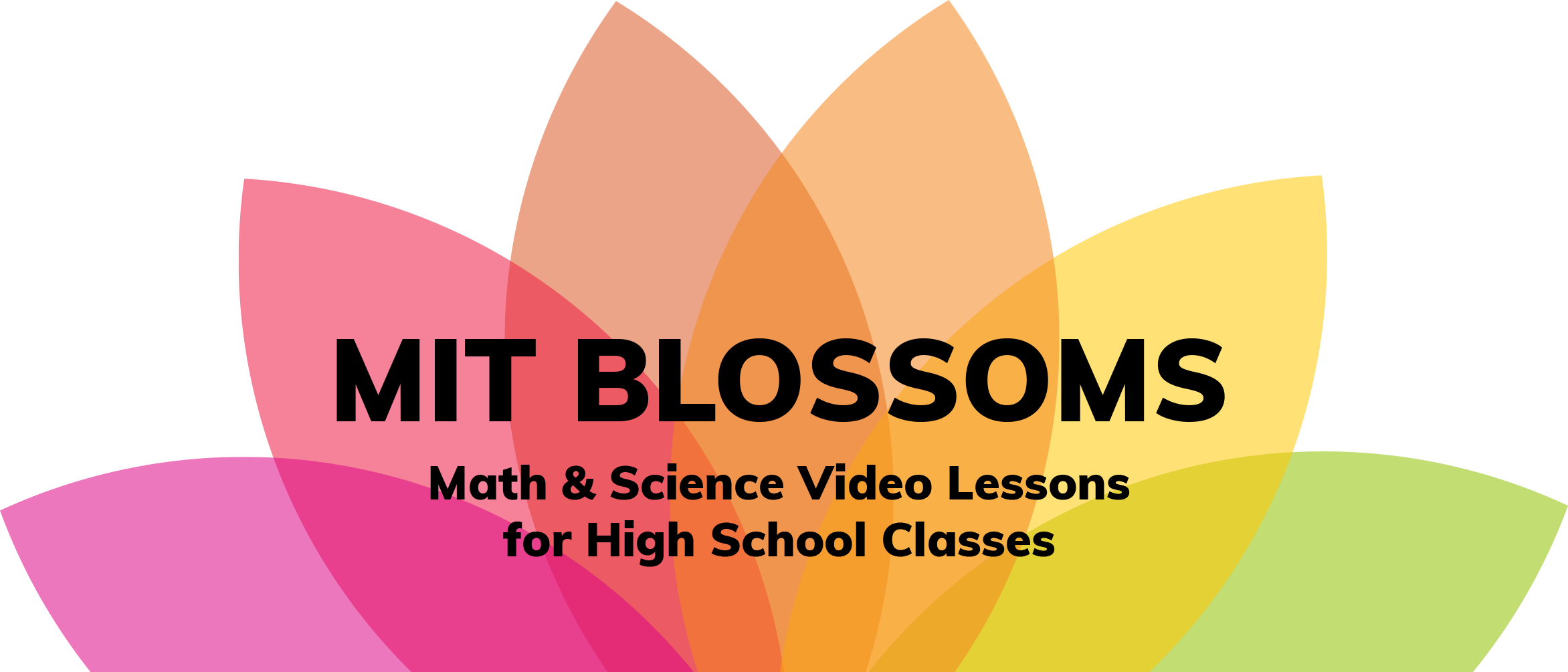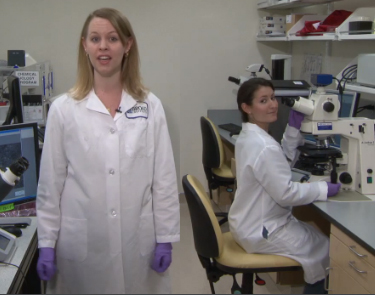Juliann Chmielecki earned her PhD from Weill Cornell Medical College and Memorial Sloan-Kettering Cancer Institute in New York City, and her research during that time focused on cancer biology. Currently Juliann is pursuing post-doctoral work at Dana-Farber Cancer Institute and the Broad Institute of Harvard and MIT, where she is pursuing studies in the field of cancer genomics.
Melanie Donahue is a Research Associate in the Cancer Program at the Broad Institute of MIT & Harvard, a biomedical research institute located in Cambridge, Massachusetts. Melanie earned her B.S. in biology and biotechnology with the Class of 2011 at Worcester Polytechnic Institute. She is currently working within the Connectivity Map project at the Broad Institute, while preparing to pursue a higher degree in medicine.
Rachel Liao is a PhD candidate in the biological sciences at Harvard University. She holds an appointment as a graduate research assistant at the Broad Institute of MIT and Harvard, an independent biomedical research institute located on MIT's campus. Rachel earned her bachelor's degree in biology at Wheaton College in Illinois, and since coming to Harvard, has had the opportunity to study lung cancer genomics in Matthew Meyerson's laboratory.
Megan Rokop is the Director of the Educational Outreach Program at the Broad Institute of MIT & Harvard, a biomedical research institute located on the MIT campus. Megan earned her Ph.D. in biology at MIT, and has taught biology both to high school students in the Boston area, and to undergraduate students at MIT.
The project described was supported by Grant Number U54CA112962 from the National Cancer Institute. The content is solely the responsibility of the authors and does not necessarily represent the official views of the National Cancer Institute or the National Institutes of Health.


